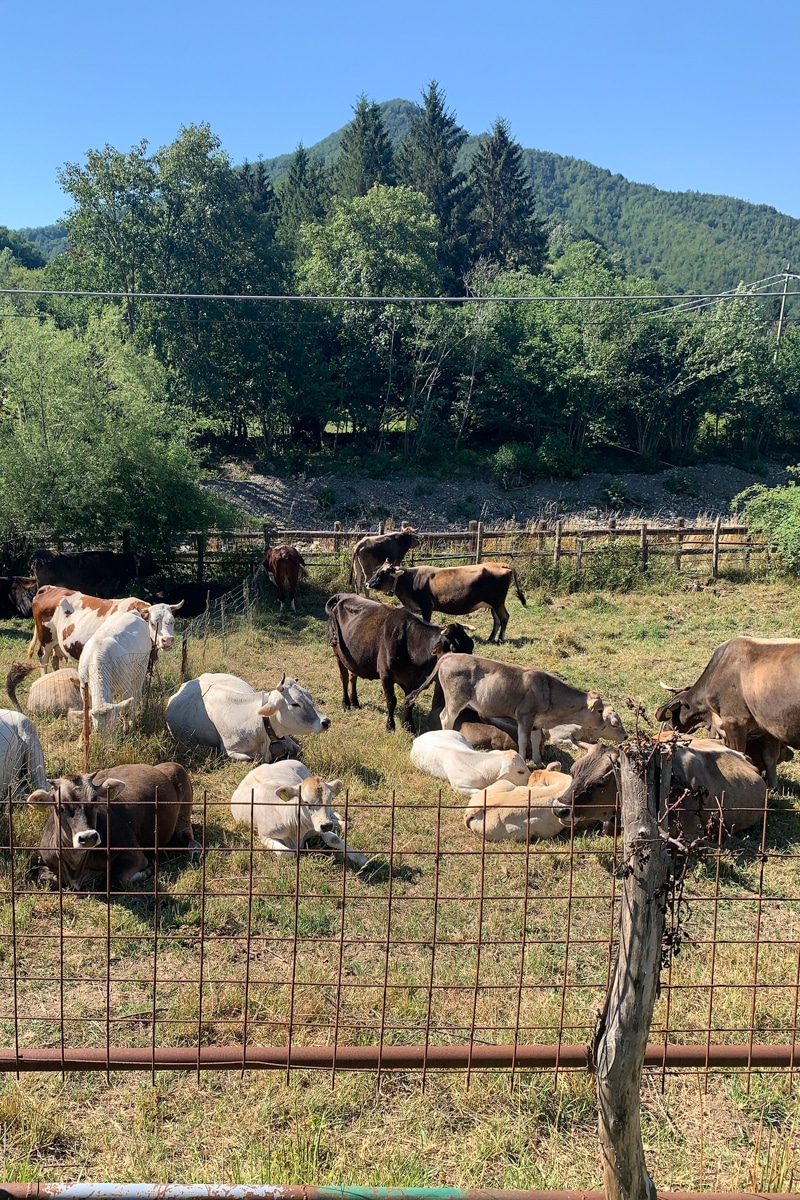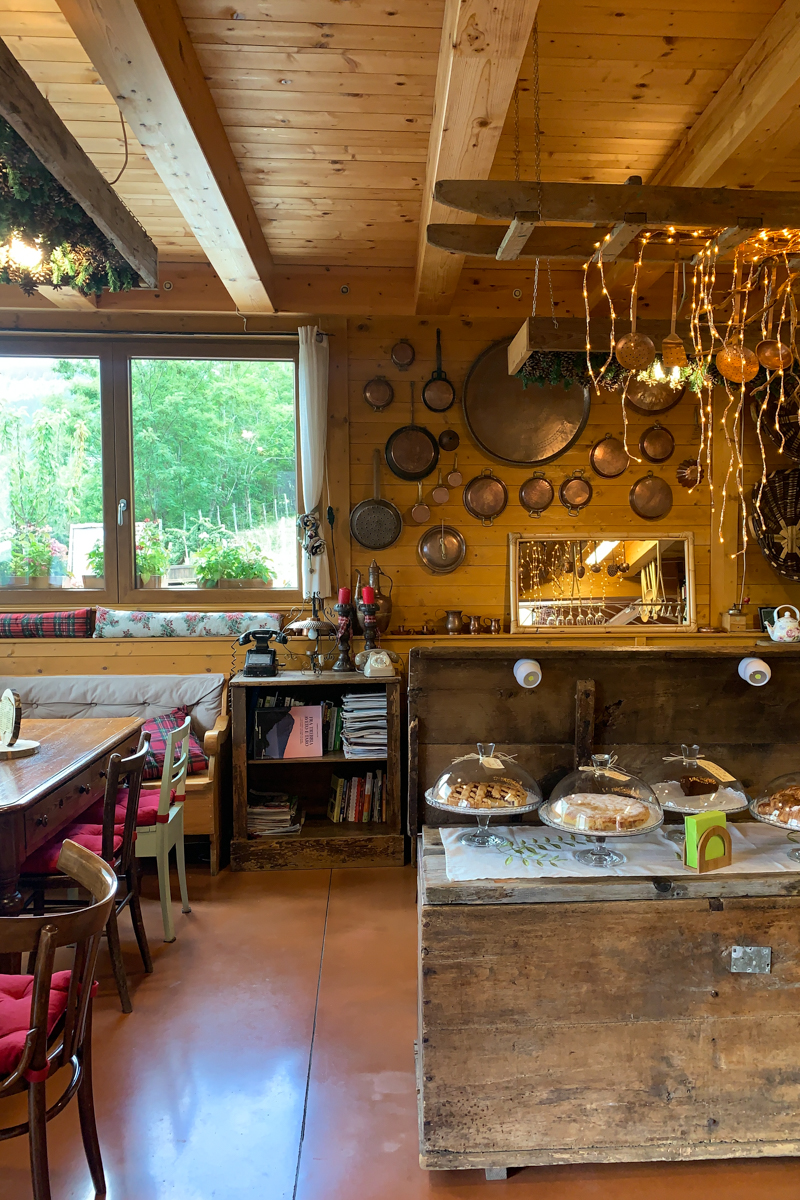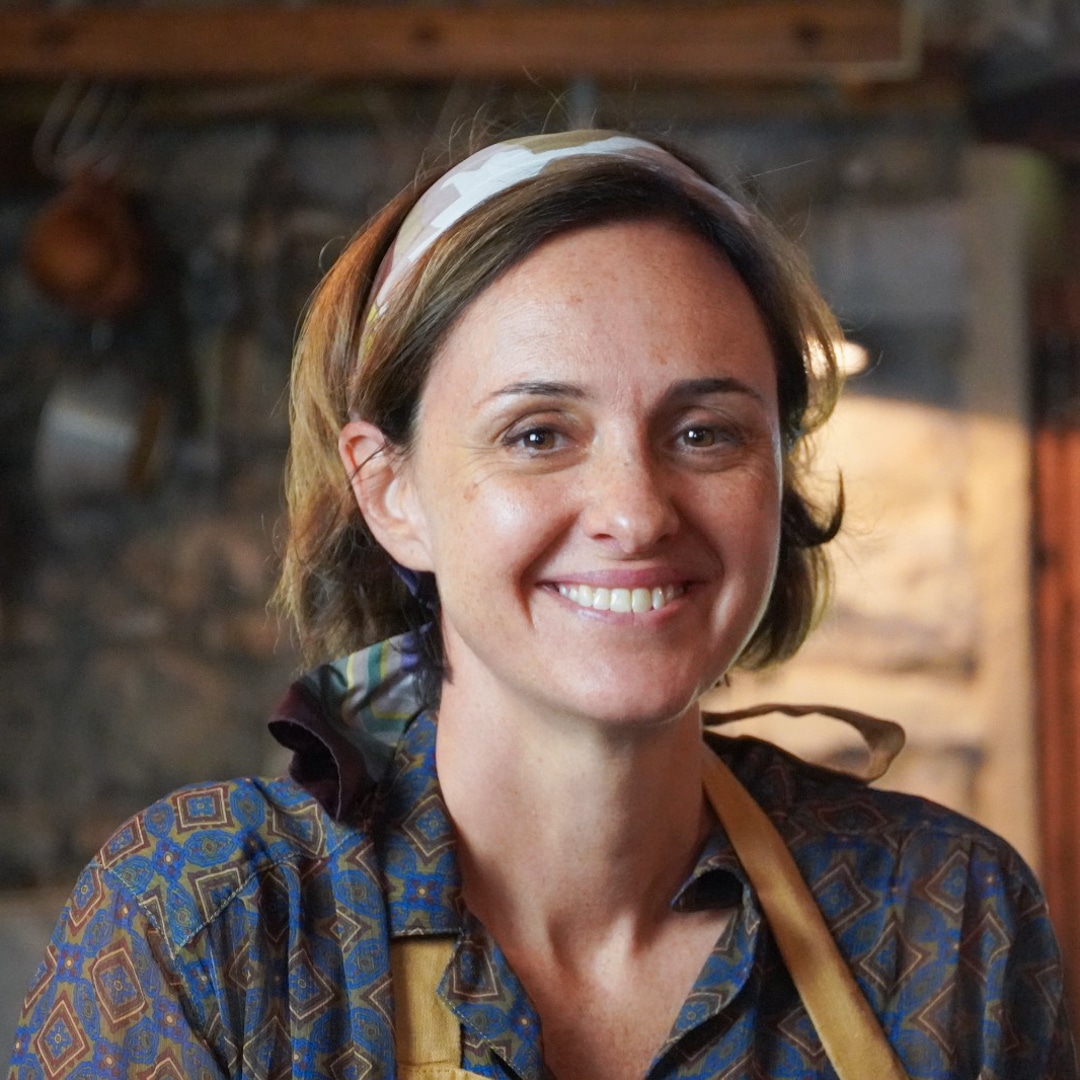Val D’Aveto, you know, fascinates me deeply. I’ve been visiting it for three summers. Short daily trips, nothing more, hanging around without a precise destination. But it was enough to fall in love with this corner of Liguria still so authentic, full of history, full of breathtaking landscapes and definitely out of the touristic clichés.


Rent a car and invest here one day of your vacations in Liguria. It will conquer your heart too.
In spring I suggested here what to do one day in the lower part of Val d’Aveto – the one that leads from Passo della Forcella to Rezzoaglio (the largest village in the middle of the valley).
Today I’ll introduce to you the other part, the more mountainous one, the one that leads from Rezzoaglio to Santo Stefano d’Aveto, the highest town in Liguria!
So, here what you can do one day in “upper” Val d’Aveto driving with your car:
A trip to Lake Lame (Lago delle Lame) and the Ravezza waterfall (Cascate della Ravezza).
Lake Lame is one of the few glacial lakes in Liguria. It is located within the Aveto Park, in the Lame forest, at the foot of Mount Aiona.
Surrounded by tall and thick fir trees it is a cool, peaceful, quiet place. Its colors, then, are incredible both in summer and autumn.


In the summer months you can fish for trout, which of course we did with great satisfaction of my boy! It is necessary to have a fishing permit (18 Euro) that will allow you to bring home up to 5 trouts. On weekends fishing equipment and bait are available in a shed near the lake.
Near the lake there is also the Forest Museum, a permanent exhibition dedicated to the Ligurian woods and aimed mainly at children.
From the lake then several walks starts, one of these leads to the beautiful Ravezza Waterfall: it is an easy path, fast, in the middle of the beech, mainly in the shade and flat (except the last stretch before the waterfall). In summer the path is also cheered by colorful butterflies!
Once you arrive you can enjoy the waterfall from a panoramic bench or go down to the waterfall and maybe – as we did – take a bath under it!


A visit to the Gramizza Mill
Water mills, ancient, that grind wheat, corn, spelt and chestnuts and that sell the flour still exist!
You can find a rare example on the road from Lame Lalke towards Santo Stefano, is the Gramizza Mill. World Heritage the mill as well as its miller!
It’s right on the street, a red house going up on the left. Stop. The miller will proudly show you his mill and how it works.
You can buy the flour that is available (in early August they start grinding wheat and corn, in November chestnuts), but also other products of the nearby farms, such as eggs, tomatoes, seasonal fruit and preserves. All genuine, all local.



A tour in the village of Santo Stefano d’Aveto
Being in Santo Stefano d’Aveto to us Ligurians feels like being in the Alps. Houses with sloping roofs and colorful geraniums that pour out of the wooden balconies. Bells, axes and knives well exposed in hardware shop windows. Shops with climbing boots and technical clothing.
Wooden crafts, wicker baskets. Walking around you see people with boots on their feet and red wool socks.
There are many walks that depart from the village. You can reach Mount Groppo Rosso (1592 m), Mount Roncalla (1658 m), Maggiorasca (1804 m), Mount Penna (1735 m) and Mount Aiona (1702 m); In winter, if there is enough snow, the ski resort of Monte Bue is also active.
Santo Stefano is also a town rich in history, crossroads between Liguria and the Po Valley since Roman times and hub of the medieval feudal system. This is witnessed by the impressive Castle Malaspina-Fieschi-Doria that overlooks the town today as then.
The castle is very well preserved and you can quickly visit it even with children.


There are also good things to taste and take home!
First of all, the famous Pinolata di Santo Stefano. A short crust pastry cake with a soft and crumbly filling of almonds and covered with pine nuts. You can taste it or buy it in the historic Marrè Patisserie (they also sell not bad bread and brioches…).
Or you can cook it at home with the traditional recipe you can find at the bottom of the post!


Then there are the cheeses. The symbol of the Valley is San Stè cheese, originally produced in the area of Santo Stefano. A cow’s milk cheese, hard, aged at least 2 months, with a very particular sweet and savory taste.
The traditional and best way to consume it is to roast it – maybe on a slab of slate – and serve it on slices of homemade bread.
The area is also rich in small local producers of cheese, ricotta and yogurt, both cow’s milk and goat’s milk.
In this regard, just outside the village, I recommend a visit to Il Bucaneve. It’s a small local farm that sells fresh cheese and yogurt, along with jams and syrups made with their raspberries, seasonal vegetables, plants and flowers. The large and bright shop is also a café: a cozy and refined, furnished in alpine style, where you can enjoy breakfast with homemade cakes.


The cheeses of the small local producers can also be found in two or three grocery stores in the country.
If you come in Santo Stefano in Fall don’t forget to look for freshly ground chestnut flour (so good and sweet to eat raw by spoonfuls) and fresh mushrooms. In summer you can console yourself with dried porcini mushrooms, huge bags of dried porcini mushrooms, of all sizes and for all the pockets well displayed in the shop windows.


Take the “shortcut” from Santo Stefano to Rezzoaglio.
Exploring the Ligurian hinterland by car is fun, but often the roads wind through the woods and the surrounding landscape is hard to see, in speed, between a clearing and the other.
The “fast” road from Santo Stefano to Rezzoaglio is something else. And it drives me crazy!
Take the first detour on the right to Rezzoaglio, immediately out of Santo Stefano, at the height of Allegrezze, and descend, sloping, among wheat fields, green meadows, hay bales, tractors and some vineyards.
At every bend you can see the whole valley at your feet: wide, lush, full of life. At each bend you would stop to assimilate the landscape and take a picture. A quick descent, 5 minutes of rare beauty, and then you get to the bottom of the valley and continue along the plain that runs along the river, until you reach Rezzoaglio again.


What if I want to stop and eat in Val d’Aveto?
Great question! You may not always have behind the packed lunch. Here are a couple of tips.
For lunch:
Ristorante dei Fieschi, right at the entrance of Santo Stefano, in front of the Sanctuary of Our Lady of Guadalupe. The interior is very reminiscent of a large mountain hut of the 70s. The specialty is grilled meat, but also the ravioli with meat sauce and chestnut dumplings seasoned with pesto are not bad!
La Locanda dai Nonni, in Villanoce. The cuisine is traditional, homemade and genuine. Served smiling. The environment is rustic, classic and well cared for. The view from the terrace is beautiful.
For a snack/aperitif:
You cannot cross the Val D’Aveto without stopping in Rezzoaglio at the Cafeteria of Nuovo Liquorificio Fabbrizii, the local spirit makers.
Within a year of opening they has already become a reference point for all those who want to deeply taste the Valley.
You can stop for breakfast in the morning, for an afternoon snack and for the aperitif in the evening! The cocktails to taste based on their products are many. Aperitifs, breakfasts and snacks are mainly based on products from the Valley. They also offer bread and jam (of wild berries picked in the nearby mountains), just like they used to! The garden is large, fresh and relaxing.


Also here, between a bite and a sip, you can discover the many initiatives organized by Liquorificio Fabbrizii and other local businesses and institutions to promote this beautiful valley.
Obviously, the visit can also be an opportunity to take a tour of the small and modern laboratory and discover how they produce the historic Amaro Fabbrizii (spoiler: they use only herbs collected in the Valley) or do some shopping of their products: the fruity aperitif, the Limoncello di Santo Stefano with the lemons of Sorrento IGP, the Gin Rusagni or the comfortable Negroni Fabbrizii in single portion!
In short, either on the outward or return journey a stop at Liquorificio Fabbrizii is highly recommended!


Ingredients
For the shortcrust pastry
- 150 g of flour 00
- 70 g of potato starch
- 120 g butter – soft and cubed
- 2 yolks
- 80 g powdered sugar
For the filling
- 50 g unpeeled almonds
- 50 g apricot kernells (if missing unpeeled almonds)
- 2 egg whites
- 200 g powdered sugar
- 1 pinch of baking soda
- 200 g pine nuts
Instructions
- First prepare the shortcrust pastry.
- Pour the mixed flours on the worktop and form a well in the center. Add the butter, sugar and egg yolks (you will use egg whites for the filling).
- Knead quickly with your hands until you get a smooth and fine dough. Wrap in cling film and let sit in the refrigerator at least half an hour.
- Meanwhile prepare the filling.
- Finely chop the almonds and add the powdered sugar. Whip the egg whites and add a pinch of baking soda. Fold the almonds into the egg whites, stirring gently from the bottom up.
- Preheat the oven to 180 ºC.
- Grease and flour a cake mold with a diameter of about 20 cm and cover it with a layer of shortcrust pastry of about half a centimeter. Make holes with the tip of the fork.
- Pour into the filling gently. Make it even.
- Decorate with wide and thin strips of shortcrust pastry or cover the entire surface with a thin layer of shortcrust pastry. Sprinkle plenty of pine nuts.
- Bake for about 40 minutes or until it is beautiful golden on the surface. To avoid that the pine nuts on the surface darken too much, cover with allumhalfway through cooking.
- Serve at room temperature sprinkled with icing sugar.







